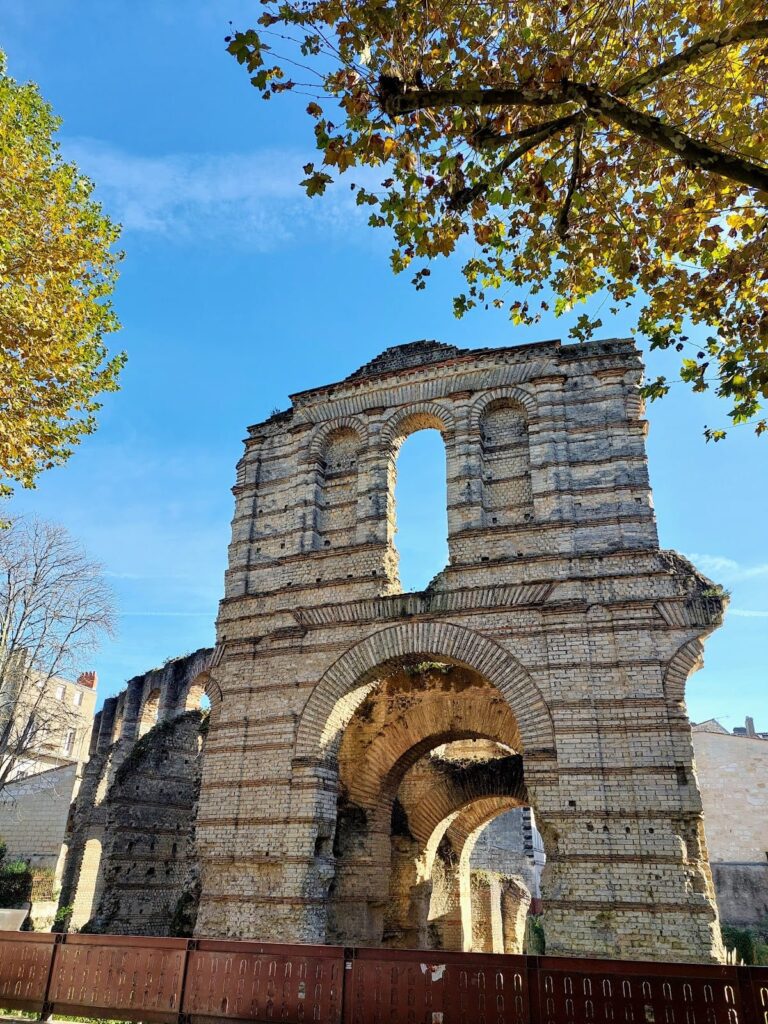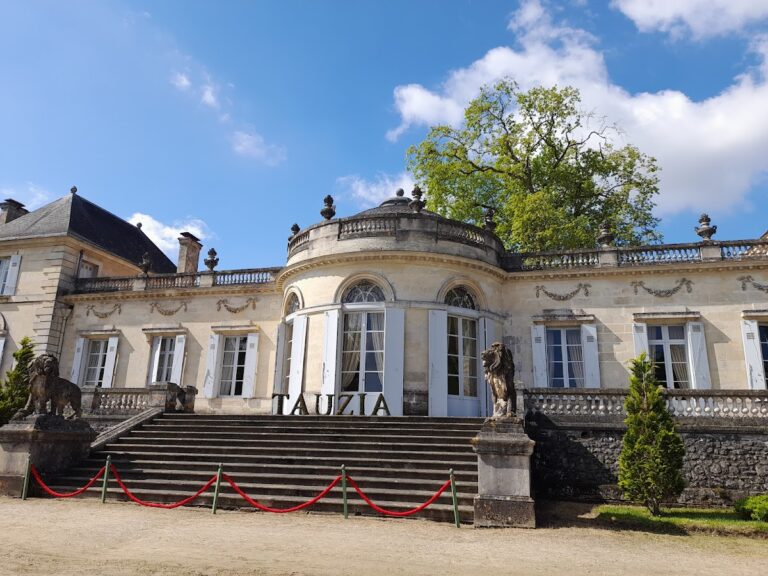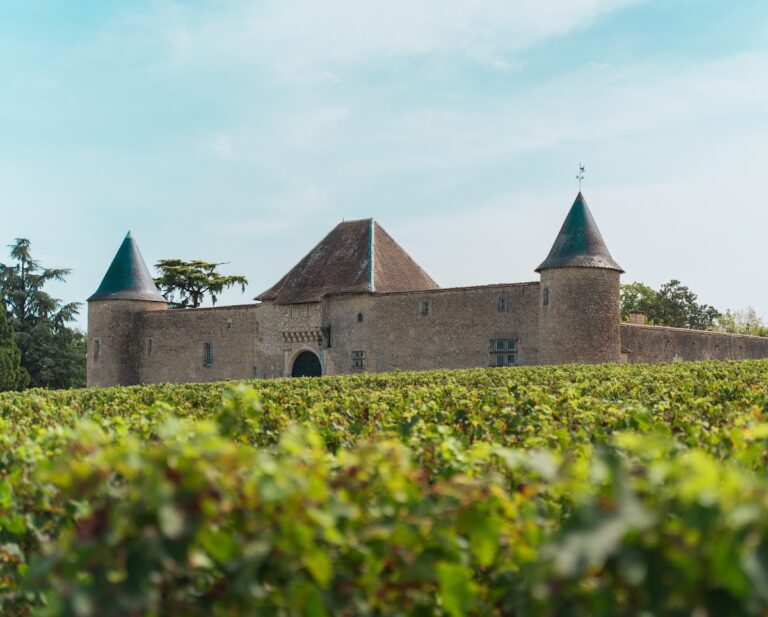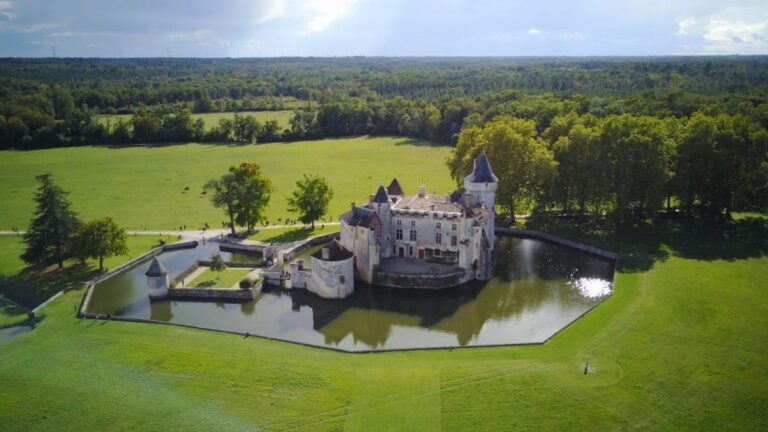Palais Gallien: The Roman Amphitheater of Bordeaux
Visitor Information
Google Rating: 4.3
Popularity: Medium
Google Maps: View on Google Maps
Official Website: www.visiter-bordeaux.com
Country: France
Civilization: Roman
Remains: Entertainment
History
The Palais Gallien is located in Bordeaux, a city in the ancient Roman province of Aquitaine, in what is now southwestern France. It was built by the Romans during the early 2nd century CE, when Bordeaux was known as Burdigala and served as the provincial capital.
Initial theories dated the amphitheater’s construction to the mid-3rd century or linked it to Emperor Gallienus’s reign. However, archaeological excavations conducted between 2010 and 2012, including the study of ceramic fragments, established that the amphitheater was actually built in the late 1st or early 2nd century CE. This places its origin firmly within the early Roman imperial period.
Local tradition holds that the amphitheater was set on fire during Frankish raids around 275-276 CE. Despite this legend, no archaeological evidence has confirmed such an event or precisely dated when the site was abandoned. The amphitheater likely fell out of use sometime during the late Roman period.
During the Middle Ages, the structure was repurposed as a source of building stone. By the 10th century, it was commonly called “les Arènes,” meaning “the arenas.” The name “Palais Gallien” only appeared from 1367 onward, inspired by local legends that associated the site with a palace belonging to Emperor Gallienus or a mythical queen named Galienne.
From the late 18th century, the site was used again as a public quarry and dumping ground. After the land was sold in 1793, parts of the amphitheater were demolished to create roads crossing the area. In 1800, Lucien Bonaparte ordered that no further destruction take place.
The Palais Gallien was officially protected as a historic monument in 1840, making it one of the first sites in France to receive such status. Archaeological investigations took place in five campaigns between 1953 and 1964, with further studies from 2010 to 2012. These later efforts clarified the amphitheater’s chronology, construction methods, and allowed for detailed three-dimensional reconstructions.
Today, the Palais Gallien remains the only visible ancient monument in Bordeaux, although much of its original footprint lies beneath modern buildings that incorporate some of its original masonry.
Remains
The Palais Gallien is an elliptical amphitheater measuring about 132 by 111 meters, with a height reaching 25 meters. Its arena, the central performance space, measures approximately 70 by 47 meters. The amphitheater could accommodate around 22,000 spectators.
The structure consists of seven concentric elliptical walls divided into 64 bays with arcades, or open arches. Twenty of these bays open directly onto the arena. Two main entrances are located at the northwest and southeast ends of the ellipse. Each entrance features a central vomitorium, a passage allowing crowds to exit quickly, flanked by corridors leading to the holding pens, known as carceres, where animals or performers were kept before events.
The northwest gate is the best-preserved part of the amphitheater. It retains two of the original three levels of arcades. The construction technique, called opus mixtum, alternates layers of stone and brick. Architectural details include pilasters, which are flat columns attached to the wall, in the Tuscan order on the ground floor and Doric order above. The upper arcade is framed by niches and topped with a decorative cornice featuring modillions, small bracket-like projections.
Unlike many Roman amphitheaters, the Palais Gallien does not have internal vaulted supports. Instead, wooden seating was supported by a timber framework anchored into the walls. This is evidenced by square holes found in the annular, or ring-shaped, walls.
Today, the remains include the northwest entrance, a segment of a radial wall, and parts of the annular walls. The outline of the original arena is still visible in the modern street layout and cadastral maps. Some arcades and bays survive near Rue du Docteur Albert-Barraud and Rue du Colisée. Much of the site is now integrated into modern buildings, which incorporate some of the amphitheater’s original masonry.










